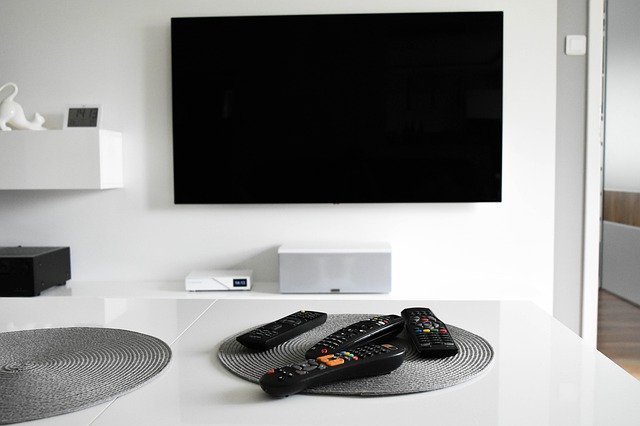
QLED technology combines backlighting with quantum dots.
QLED is an LED -based technology that uses nanocrystals known as quantum dots . QLED televisions , therefore, use this system.
Technology behind QLED
It should be remembered that an LED is a light-emitting diode : that is, a valve with two electrodes that allows current to pass in only one direction and that, when voltage is applied, emits light. In QLED technology , a bright LED is responsible for lighting the quantum dots.
These quantum dots are very small semiconductors (nanostructures). By obtaining LED light on demand, they offer an improvement in performance in several aspects compared to other resources, such as OLED technology (based on organic light-emitting diodes).
It can be said that a QLED television is an LED device that, to optimize performance, uses quantum dots. In this way, these quantum dots work as filters that provide purer light.
It is important to note that QLED is a recent technology that is still in development. The first televisions of this type came on the market in the second decade of the 21st century .
QLED and OLED
Comparing both options, OLED TVs feature millions of organic light-emitting diodes , each individually illuminated through the application of voltage. If one of these diodes does not receive electricity, it turns off. In QLED televisions , however, the LED backlight is responsible for feeding all the quantum dots with a film. That is why on OLED televisions it is possible to reproduce black perfectly, while on QLED it is necessary to apply certain techniques to accentuate the contrast and generate the illusion of greater darkness for the viewer.
Although the differences between QLED and OLED are several and well defined, there is no consensus as to "which is better", but rather the market has room for supporters of both technologies. The price is a factor that, especially at the beginning, usually works in favor of QLED, but once a user finds their favorite television they do not leave it for any reason. Lighting is perhaps one of the points that lead many people to opt for this technology, since its peak is usually much higher than in OLED . This may seem whimsical or irrelevant, but in a room excessively illuminated by large windows you need a screen that can cope with such brightness so that the clarity of the image is not lost.

In an excessively lit room, QLED offers better results than OLED.
Returning to the topic of pure black, OLED is the ideal technology in this case, since it can completely turn off its pixels and, since it does not require a backlight, color reproduction is exact. In QLED, on the other hand, since it depends on lamps that are behind the pixels, it is impossible to keep a black one if there are other light ones around it .
The problem is that QLED works with backlight “ zones ”, that is, it divides the panel into a number of cells that illuminate as needed to increase contrast; this enhances the light parts of the scene (making them much brighter than on OLED) but ruins the dark ones (washing out the colors, turning the blacks gray).
In short, backlighting is eye-catching in a store but negatively impacts the reproduction of details, especially in images with very small elements of varying brightness , such as stars at night or intricate decorations. In general, OLED is recommended for the most demanding users, who want to see the image without distortions and who have a dark room, and QLED for those who prioritize panel brightness.
